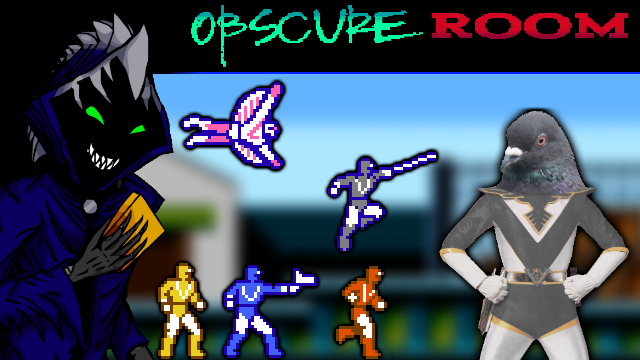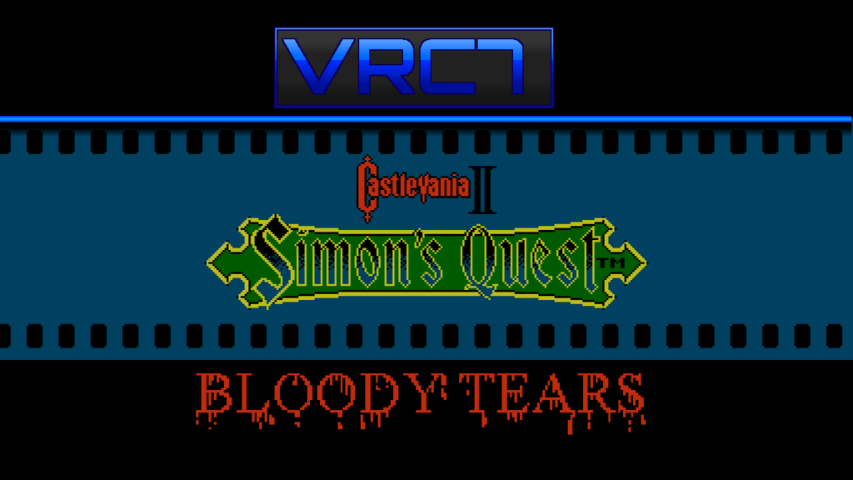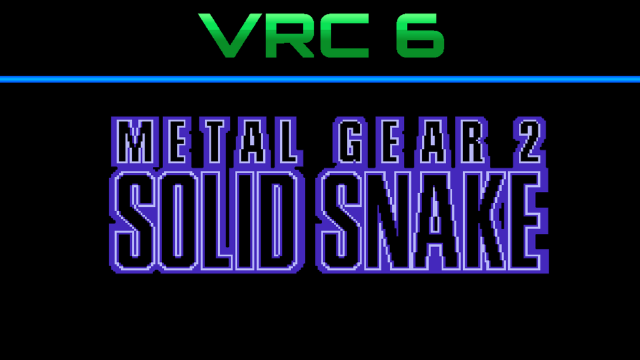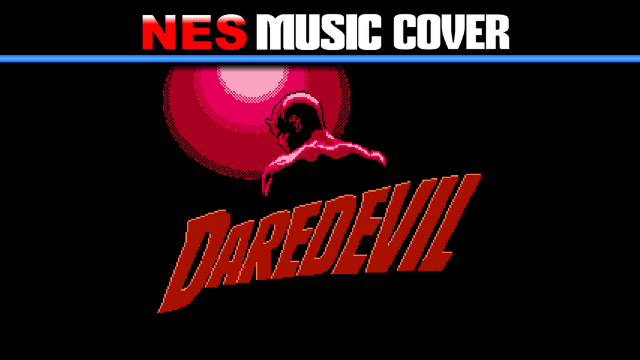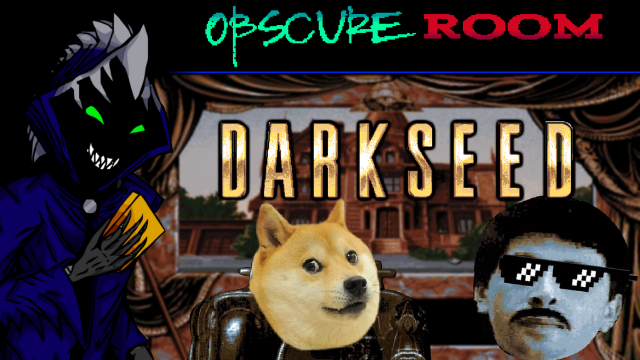Because I'll make more than "Obscure Room" reviews on my channel, I decided to create this thread, where I will notify you every time I upload a new video.
Speaking of "Obscure Room"... I just uploaded the third episode! Sorry it took so long to make. There were some problems with the production(at one point I was cleaning my hard drive and I accidentally deleted the voice recordings for the episode ). I'll try to make these more often(after all, how are you supposed to build up a good audience, if you don't release stuff frequently).
). I'll try to make these more often(after all, how are you supposed to build up a good audience, if you don't release stuff frequently).
Today's game is... "Castlevania" for the MS-DOS! Yeah, did you know there was a port of "Castlevania" and a bunch of other Konami games for the old IBM PC? Did you also know how horrible most of them are? In this review, I'll take a look at the "Castlevania" port and see why it doesn't hold up to the original.
Here's the link to the video:
https://youtu.be/hL-Vwn0OyMk
Take a look at it and tell me what you think. As I make more videos, I try to improve my skills, so it's very important for me to know what works and what doesn't. Your feedback will be very important.
Also, can you figure out which game I'll be reviewing next? Tell me your guess!
About other types of videos I'll post: one of them is coming very soon. It's a project of mine, that was released on the Famitracker forums a while ago... But this time... it's gonna be in Stereo!
Speaking of "Obscure Room"... I just uploaded the third episode! Sorry it took so long to make. There were some problems with the production(at one point I was cleaning my hard drive and I accidentally deleted the voice recordings for the episode
Today's game is... "Castlevania" for the MS-DOS! Yeah, did you know there was a port of "Castlevania" and a bunch of other Konami games for the old IBM PC? Did you also know how horrible most of them are? In this review, I'll take a look at the "Castlevania" port and see why it doesn't hold up to the original.
Here's the link to the video:
https://youtu.be/hL-Vwn0OyMk
Take a look at it and tell me what you think. As I make more videos, I try to improve my skills, so it's very important for me to know what works and what doesn't. Your feedback will be very important.
Also, can you figure out which game I'll be reviewing next? Tell me your guess!
About other types of videos I'll post: one of them is coming very soon. It's a project of mine, that was released on the Famitracker forums a while ago... But this time... it's gonna be in Stereo!



